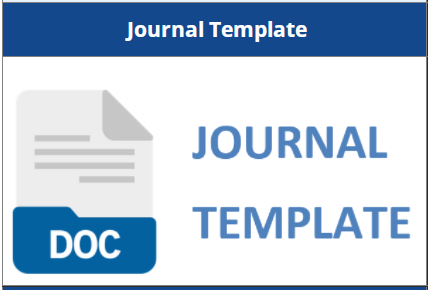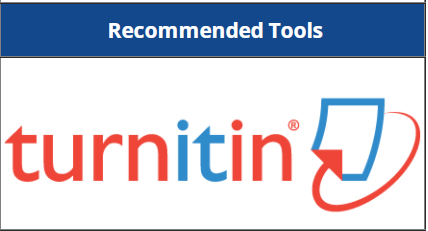PENGARUH PERUBAHAN LAHAN PERTANIAN MENJADI NON PERTANIAN TERHADAP ASPEK SOSIAL EKONOMI MASYARAKAT
Abstract
The transformation that occurs in the peri-urban area will cause changes in the morphological peri-urban area and affect changes in the form of agricultural land use and have an impact on changes in the socio-economic conditions of the people in the area. The purpose of this study was to determine the influence of changes in agricultural land to non-agriculture on the socio-economic aspects of the community in Jati Agung. This research uses a deductive approach. The data collection method used primary data from questionnaires and interviews, the secondary data collected from Landsat 8 satellite image and BPS South Lampung Regency in 2013-2020. The method of analysis uses the predominant peri-urban zone classification with urban or predominantly urban characteristics divided into Urban Frame Zones and Urban-rural Frame Zones, which have a percentage of agricultural land use less than 50%. Statistical linear regression method is used to see the effect of the transformation of agricultural land use into non-agriculture on the socio-economic aspects of the peoples. The results of statistical tests show that there is a disproportionate effect with a large effect of 29.5% on the total population, 7.6% on population density, 8.6% on Livelihoods and 20.2% on income.
Downloads
References
[2] Bello, C., Manuel, G., Pizaña, J. M., & González-Arellano, S. (2023). Urban growth in peri-urban, rural and urban areas: Mexico City. Buildings and Cities.
[3] Hardani. (2020). Metode penelitian kuantitatif dan kualitatif. Yogyakarta: Pustaka Ilmu Group Yogyakarta.
[4] Hartono. (2019). Metodologi Penelitian. Pekanbaru: Zanafa Publishing.
[5] Karina, T. M. (2017). Karakteristik dan Tipologi Peri-urban Kawasan Perkotaan Bandar Lampung. Itera Repository.
[6] Pratiwi, Novita, N., Wulandari, A., & Zulfinanda, H. (2021). Analisis Sosial Ekonomi Pembentuk Tipologi Wilayah Peri Urban Kecamatan Sungai Raya, Kabupaten Kubu Raya. Jurnal Wilayah dan Lingkungan.
[7] Setyawan, I. H., Wicaksono, A. D., & Sari, N. (2022). Faktor-faktor pertumbuhan kawasan urban fringe (Studi kasus: Kecamatan Banguntapan, Kabupaten Bantul). Planning for urban region and environment Journal.
[8] Sugiyono. (2018). Metode penelitian kuantitatif, kualitatif dan R&D. Bandung: alfabeta.
[9] Sumbo, Kamaanaa, D., Anane, G. K., & Inkoom, D. K. (2023). Peri-urbanisation and loss of arable land’: Indigenes’ farmland access challenges and adaptation strategies in Kumasi and Wa, Ghana. Land use policy.
[10] Syahbandar, M. Y. (2018). Identifikasi Dinamika Pertumbuhan Wilayah Peri-Urban (Wpu) Di Kecamatan Bojong Gede Kabupaten Bogor. Jurnal teknik Universitas Pakuan.
[11] Wahyuning, S. (2021). Dasar-dasar statistik. Semarang: Yayasan Prima Agus Teknik.
[12] Yunus, H. S. (2008). Dinamika Wilayah Peri Urban. Yogyakarta: Pustaka Pelajar: Yogyakarta.












